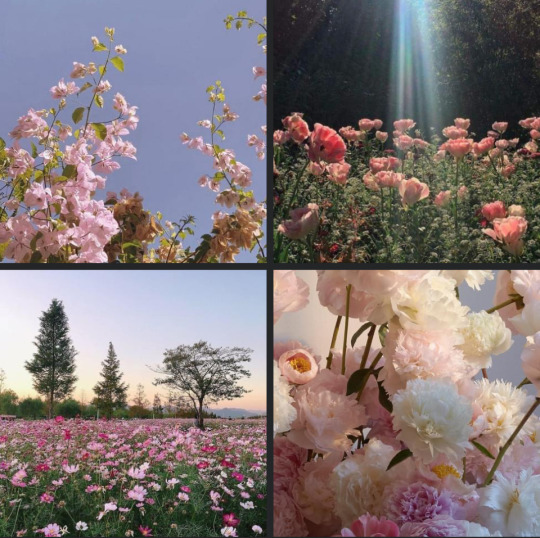#Native flowers
Text

Bloodroot
Sanguinaria canadensis
March 31st, 2023
Jefferson County, Missouri, USA
Olivia R. Myers
@oliviarosaline
#nature#botany#forest#forest floor#woods#spring#ephemeral#ephemerals#spring ephemerals#native plants#native flowers#Ozarks#the ozarks#white flower#white flowers#bloodroot#Sanguinaria canadensis#fairycore#fairy core#cottage core#naturecore#flowers#spring flowers#Missouri#nature lovers#exploring the woods#papaveraceae#Missouri nature
101 notes
·
View notes
Text
*casually posts this at the same time to further my agenda of growing native plants instead of grass and shitty ornamentals*
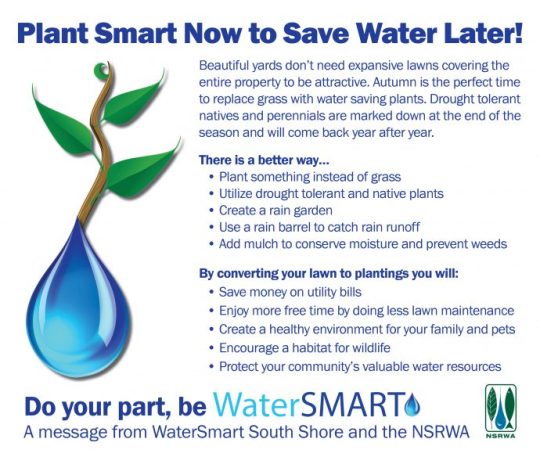

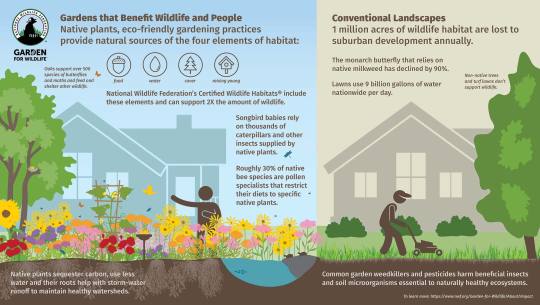


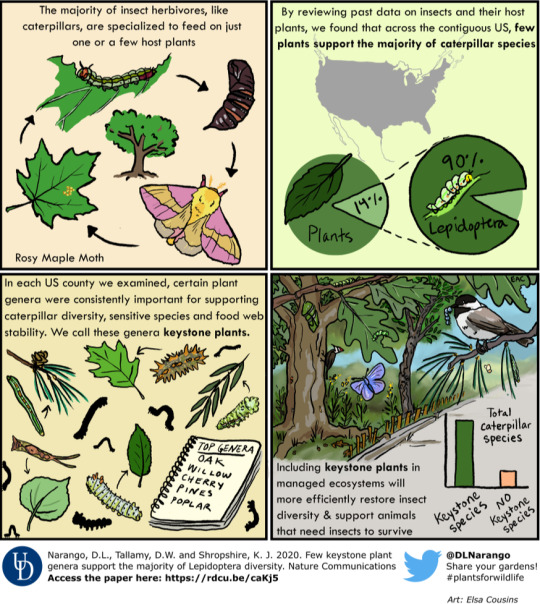

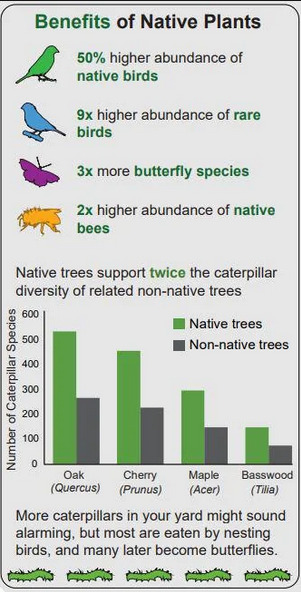

#gardening#water conservation#biodiversity#kill your lawn#native plants#native pollinators#pollinator garden#climate change#sustainability#environmental rehabilitation#habitat restoration#wildflowers#native flowers#animals#water crisis#didnt mean to post that grass one whoops. i think i skimmed it and wasnt thinking about it too much#but ig its true grass would be better than roads. lets just uh. make it native grass yaknow?
240 notes
·
View notes
Text

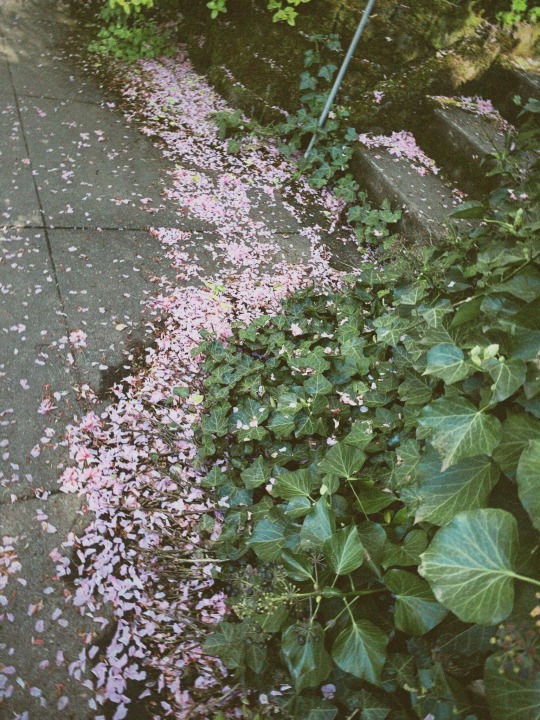
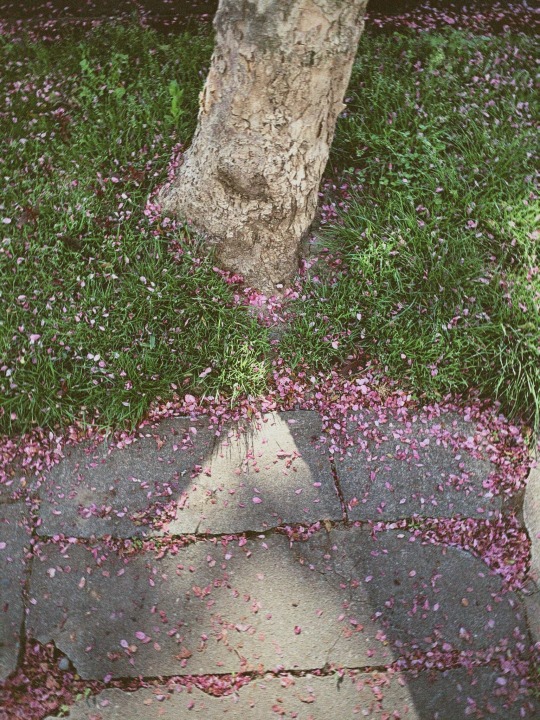

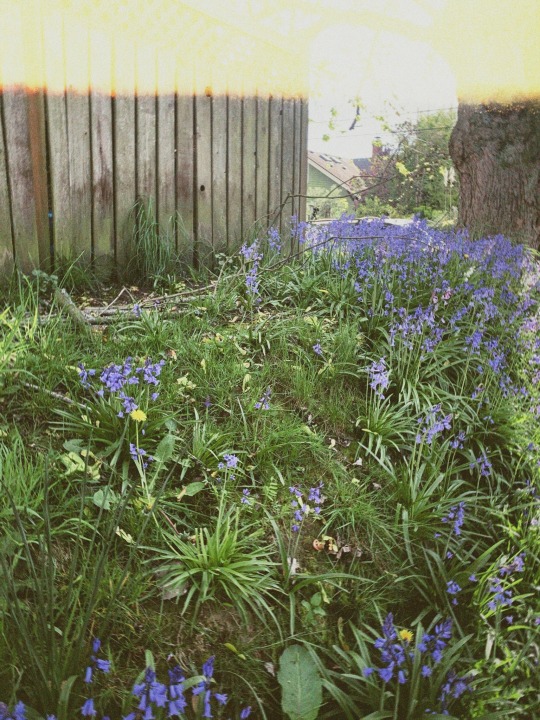

oh, what a world
#cottagecore#cozyblr#cozy aesthetic#cottage aesthetic#cozycore#photography#springcore#spring#cottagestyle#cozy#flowers#flower aesthetic#grandmacore#goblincore#nature#wildflowers#native flowers#my photography
192 notes
·
View notes
Text
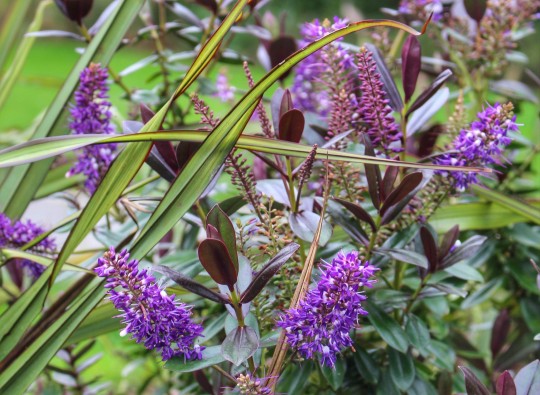
🪻🪻🪻
#my photos#original nature photography#original photography#original photographers#hebe#hebe speciosa#new zealand hebe#titirangi#native flowers#native plants#flower photography#flowercore#naturecore#plantcore#greenery
25 notes
·
View notes
Text

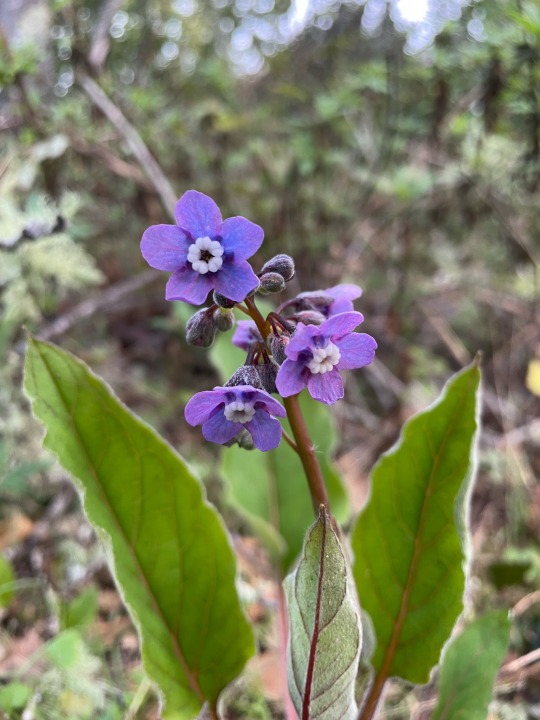


Purples and pinks courtesy of pacific Houndstongue!
49 notes
·
View notes
Text
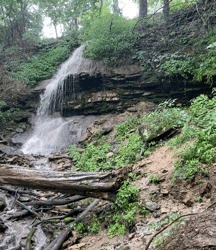


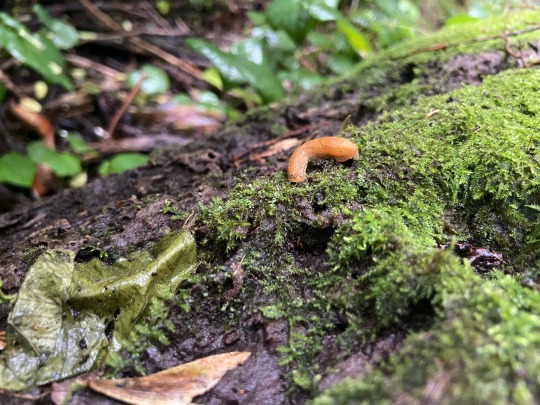
Got poured on but it was worth it
#waterfall#nature#naturecore#wildflowers#native flora#native flowers#american toad#toad#plants#hike#adventurecore#goblincore#forestcore#forest#slug#mosscore#mossy log#moss
442 notes
·
View notes
Text
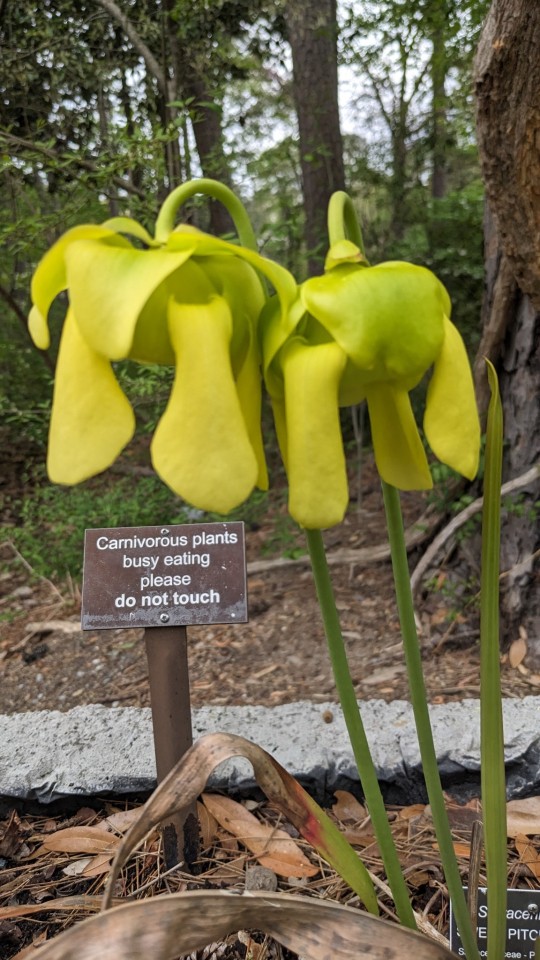
Sarracenia flava / Yellow Pitcherplant at the Sarah P. Duke Gardens at Duke University in Durham, NC
#Sarracenia flava#Sarracenia#Sarraceniaceae#Yellow Pitcherplant#Yellow pitcher plant#Pitcher plant#Pitcherplant#carnivorous plants#Native plants#Native flowers#Nature photography#photographers on tumblr#Sarah P. Duke Gardens#Duke Gardens#Duke University#Durham#Durham NC#North Carolina#Flowers#Plants
10 notes
·
View notes
Text
Native Plants and You
I know what you're thinking. "Gardening is for old ladies! All these plants look the same! The sun wreaks havoc on my delicate skin! I have hay fever!" and so on. Listen. This'll only take five minutes and your brain will be HUGE and everyone will be super impressed by your Plant Knowledge at cocktail parties.*
You probably already know that suburban sprawl and the introduction of invasive species is destroying habitats and threatening species, big deal. But! Did you know that you can massively impact food, shelter, and nesting availability for local wildlife with just a few landscaping choices? Too good to be true you say? ONWARD!
Choose Beneficial Natives
Not all plants are created equal. Not only do native plants provide superior nutrition and shelter for your native wildlife species but they are also Host Plants for their delicate lifecycles (even more delicate than your sun-starved skin!).

FOR EXAMPLE. Did you know that the Monarch Butterfly lays its eggs exclusively on Milkweed plants? And they're not just being divas about it. Lots of butterflies and moths have specialized host plants necessary for their lifecycle.
Can you guess how many types of butterfly the famed Butterfly Bush hosts? Go ahead and guess. I'll wait.
ZERO. BECAUSE IT'S INTRODUCED FROM ASIA AND IS USELESS.
So! You can support your favorite species by providing their particular host plants, or go with the heaviest hitters for your ecoregion. But if that sounds like too much work, or if you prefer rampant destruction to carefully nurturing life, the next heading is for you!
Remove Invasive Species
Invasive species are the worst! Non-native plants don't contribute to the lifecycle of our native species and are less nutritionally suited to them (essentially pollinator potato chips). But beyond being generally useless, invasive species actively overtake and out-compete the native plants, destroying habitats right under your nose!
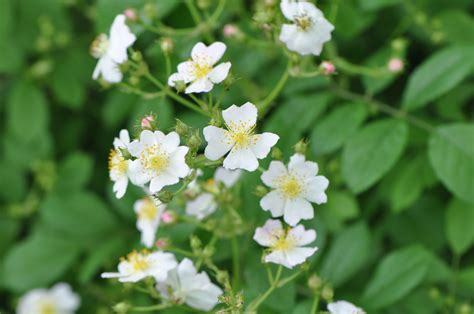
Fortunately, Mother Nature is a Total Beast, and when invasives are removed you will often find struggling, overtaken natives beneath, which will thrive and reclaim the space once their sunlight-sucking neighbors are dealt with.
So grab your trusty Plant ID app and some Implements of Destruction and GO FORTH MY MINIONS!
(But please don't use chemicals. They kill pollinators and poison their food. T_T)
And if you think you're exempt from all of this because all you have is a tidy patch of well-kept grass YOU WOULD BE WRONG.
Your Lawn is a Capitalist Fallacy
Lawns are pollinator deserts. There's no food, no shelter, and I guarantee whatever variety of grass you have is non-native. (And if you're sitting over there all smug like "Hey I have Kentucky Bluegrass, that sounds native to Kentucky, and I am in Kentucky," YOU'RE WRONG AGAIN because it's native range is Europe and north Asia and you've been BAMBOOZLED by the Evil Lawn Industry!)

Now I do not begrudge anyone a smol patch of turf for hosting their posh Victorian Garden Parties, but depending on the size of your croquet tournaments most of that space could probably be put to better use.
And imagine not having to mow it! And having butterflies fluttering about! And birds feasting on the seeds and bugs! And the buzz of adorable native bees!
(I don't mean honeybees, btw. They're European livestock and your native bees are WAY cuter. But that's another post).
The End
CONGRATULATIONS. YOUR BRAIN IS BIGGER. YOUR COCKTAIL PARTY GAME HAS BEEN UPPED. And the next time someone says they want to put up a lovely Norway Spruce hedge, you can say "Well ACKshually..." and expose them for the frauds they are!
Er, unless you're in Norway.
*ymmv
113 notes
·
View notes
Text

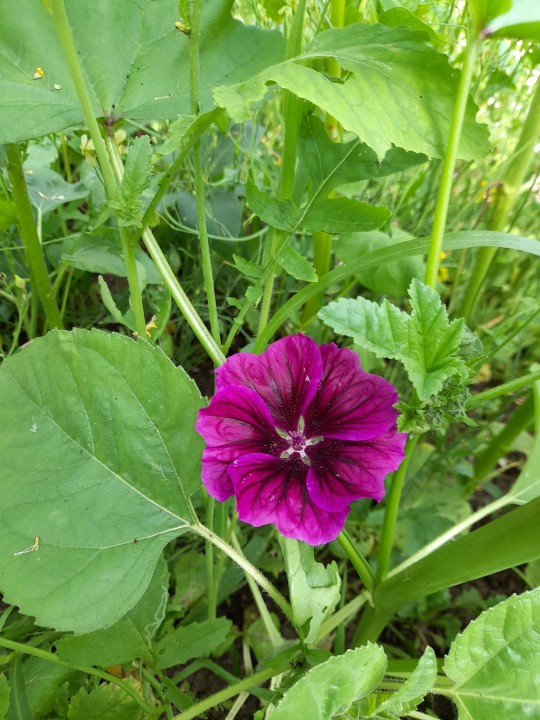
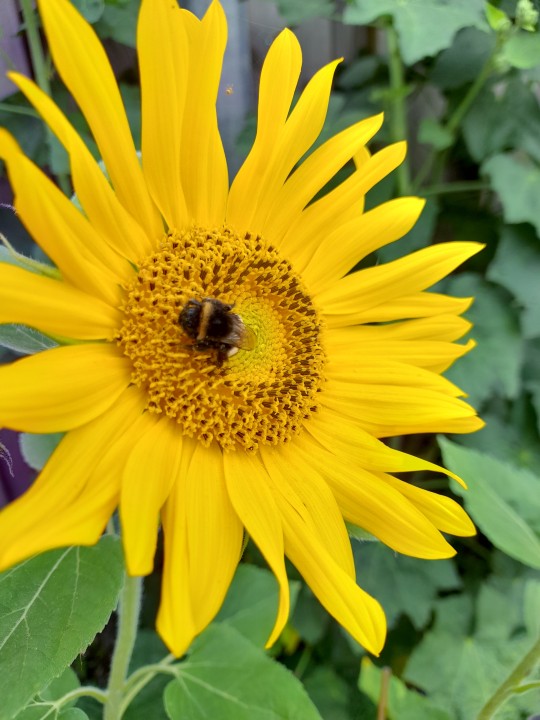

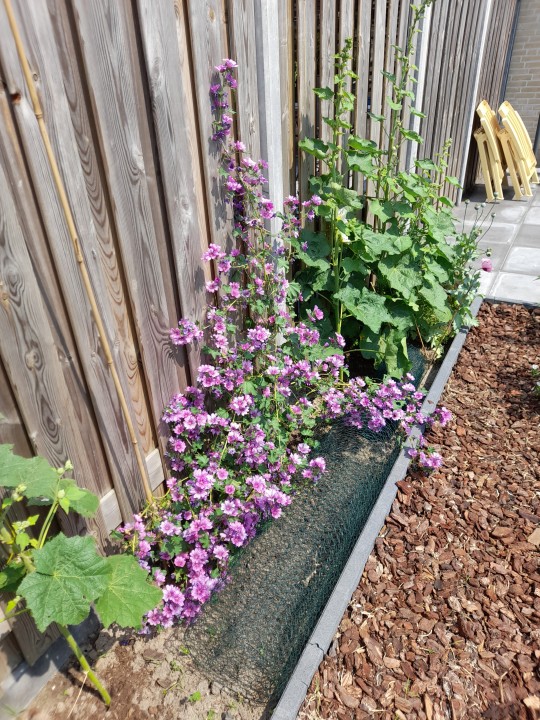

As promised, photos from my garden flowers this summer of 2023. As well as more bees!!! 🥰
#summer flowers#bee flowers#i love bees#bees#garden flowers#flowers#native flowers#nature#wildflowers#busy bees#my photos#garden photography
14 notes
·
View notes
Link
Overseeding is a long shortcut. Instead of removing existing grass before planting, you sow new seeds right over an area partially covered by vegetation. Gardeners often overseed to fill in patchy lawns with grass seeds, but you can use prairie grass and wildflowers to bring a more natural look to your backyard landscape. Prairie plants take several years to establish, but they ultimately can reduce lawn maintenance, encourage the presence of birds and other wildlife, and create a scene of beauty offering daily pleasure.
Overseed your yard in fall or early winter. Seeds exposed to winter weather generally germinate better.
Rough up the bare spots of your backyard with a spade or rake. The prairie grass and wildflower seeds do not root and grow unless they are in contact with bare soil.
Use a mix of seed that contains half prairie grasses and half native wildflowers, a total of 10 pounds of seed per acre. Mix in 10 pounds of sand or sawdust to make it easier to spread. Broadcast the seed mix by hand, spreading it very lightly until every bare area is seeded. Repeat the seeding process immediately so that each area is sown twice. Rake or tamp the seeds into the soil. Water well after planting.
Control weed growth by mowing the area whenever weeds are over 15 inches high. Cut all plants to a height of 6 inches the first season, a height of 12 inches the second. Do not mow while your flowers are blooming.
#garden#gardening#DIY garden#overseeding#solarpunk#solar punk#wildflowers#native grass lands#native plants#native seeds#native flowers
112 notes
·
View notes
Text
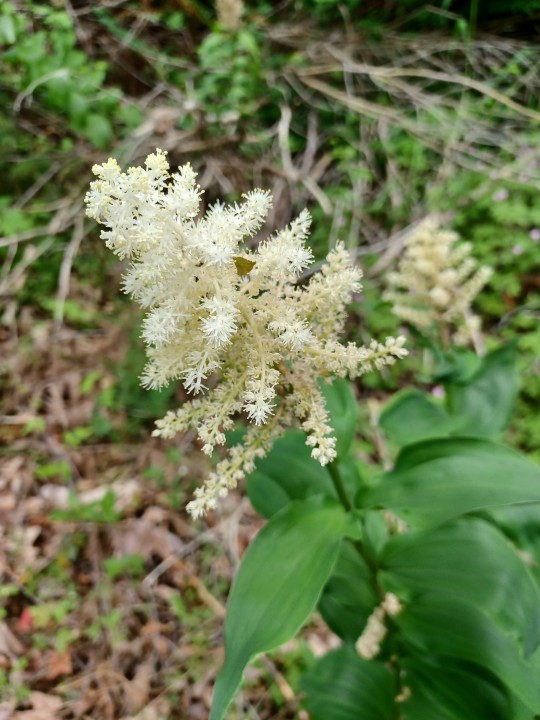
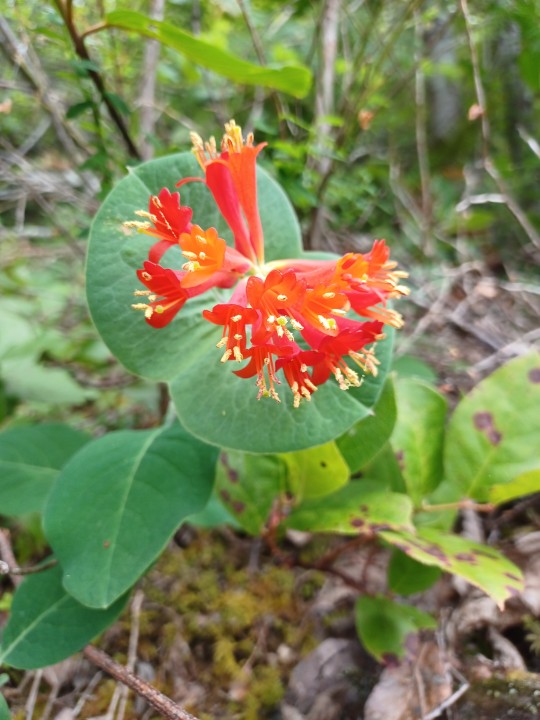
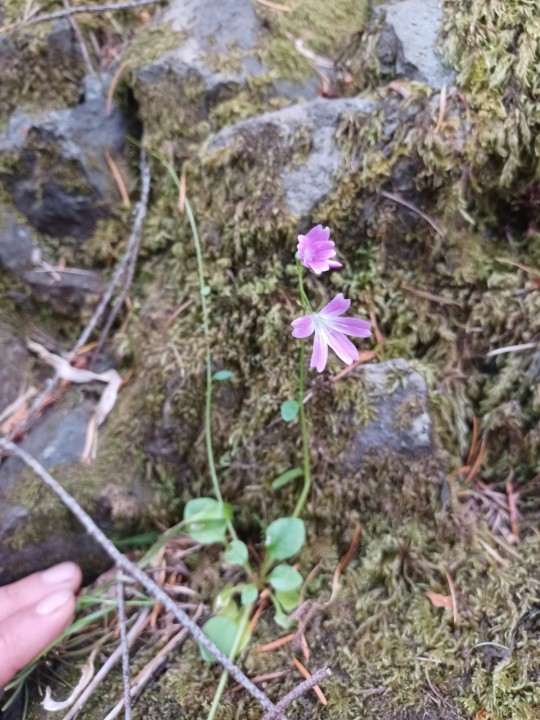


Some of the flowers on our woods walk today.
48 notes
·
View notes
Text
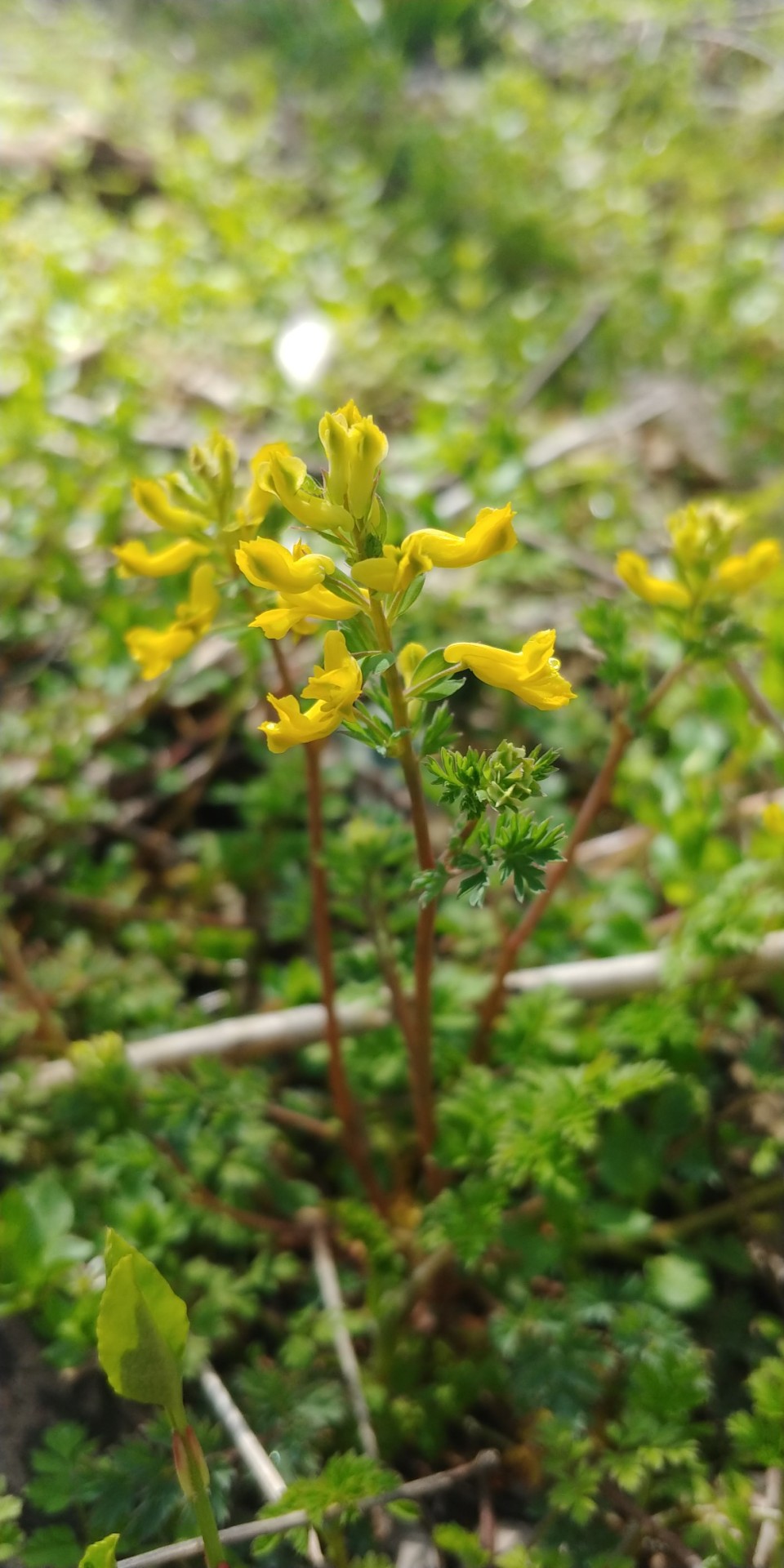
Yellow Corydalis
Corydalis flavula
March 31st, 2023
Wildwood, St. Louis County, Missouri, USA
Olivia R. Myers
@oliviarosaline
#nature#botany#plants#spring flowers#native plants#native flowers#wildflowers#wildflower#forest#woods#forest floor#fairycore#fairy core#forests#forest flowers#Corydalis#yellow Corydalis#fairy flowers#yellow flowers#spring#the ozarks#ozarks#Missouri#Missouri nature#little flowers#cottagecore#hiking#Missouri woods#exploring the woods#papaveraceae
105 notes
·
View notes
Text
#cnsm#spiderwort#flowers#native flowers#purple#oak tree#moss#spanish moss#tranquility#noise pollution#wind#windy day
9 notes
·
View notes
Text

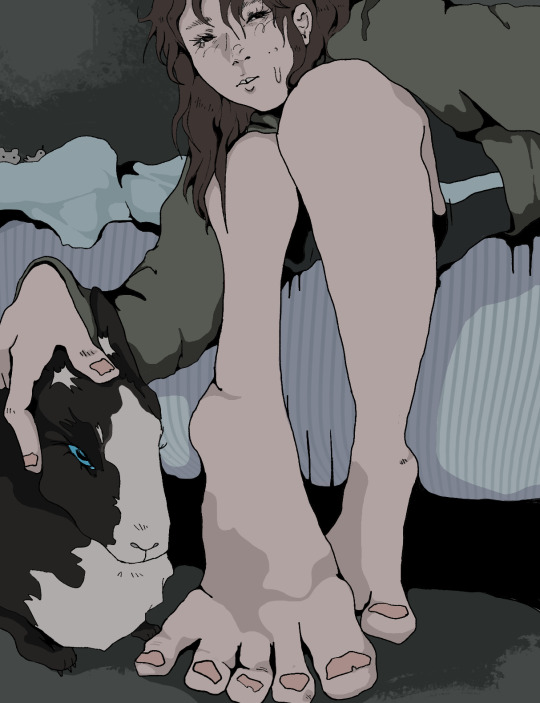
drawing of our last selfie 2gether. IDK which version I like better, but I wanted a grungier color scheme. I think I'm gonna put Firebush or Blazing Star on her grave, both seem pretty.
7 notes
·
View notes
Text
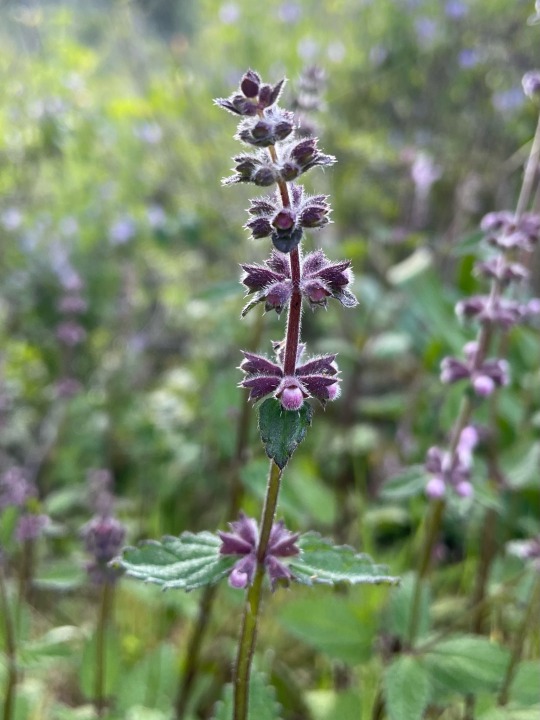


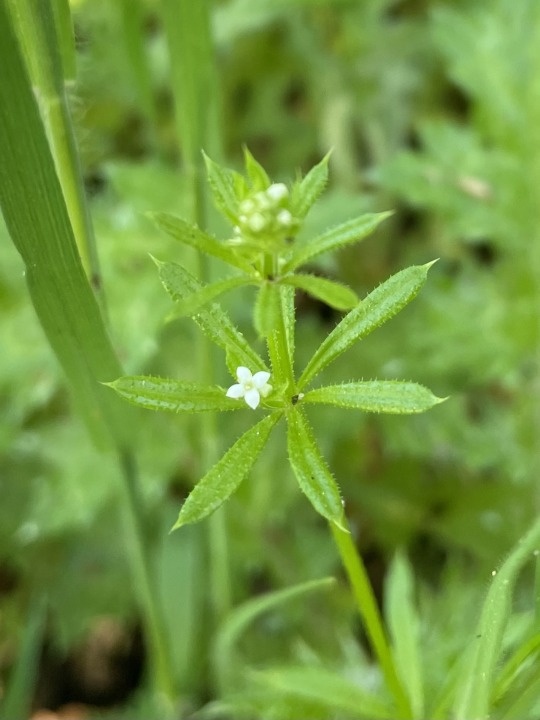

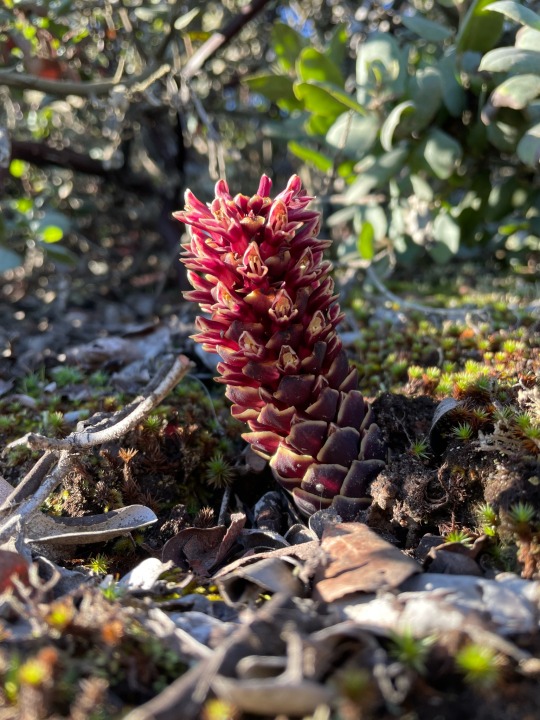
New in bloom! Today I bring you California hedge nettle, sticky monkey flower, common bedstraw, and California groundcone! The groundcone is a particularly interesting lil tuber that is parasitic to the manzanita shrub!
#native plants#native flowers#wildflower#wildflowers#wild flowers#wild flower plants#take a walk with me
6 notes
·
View notes
